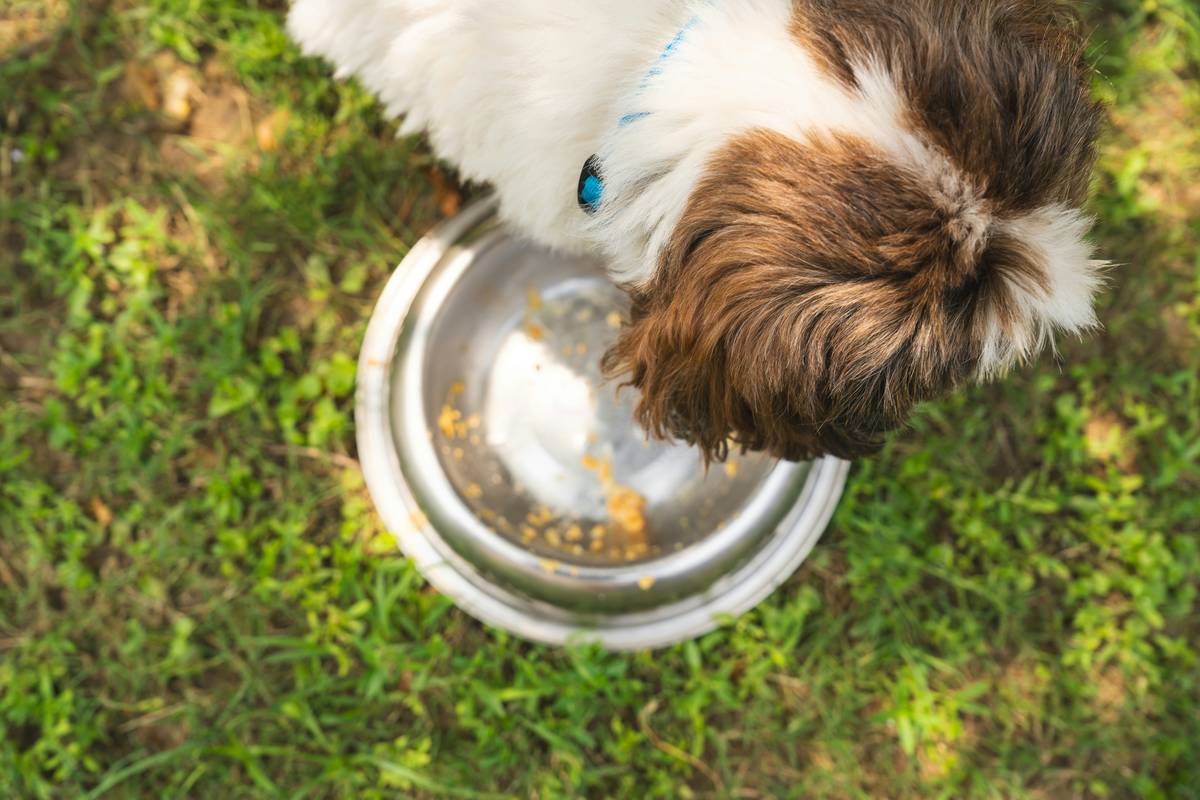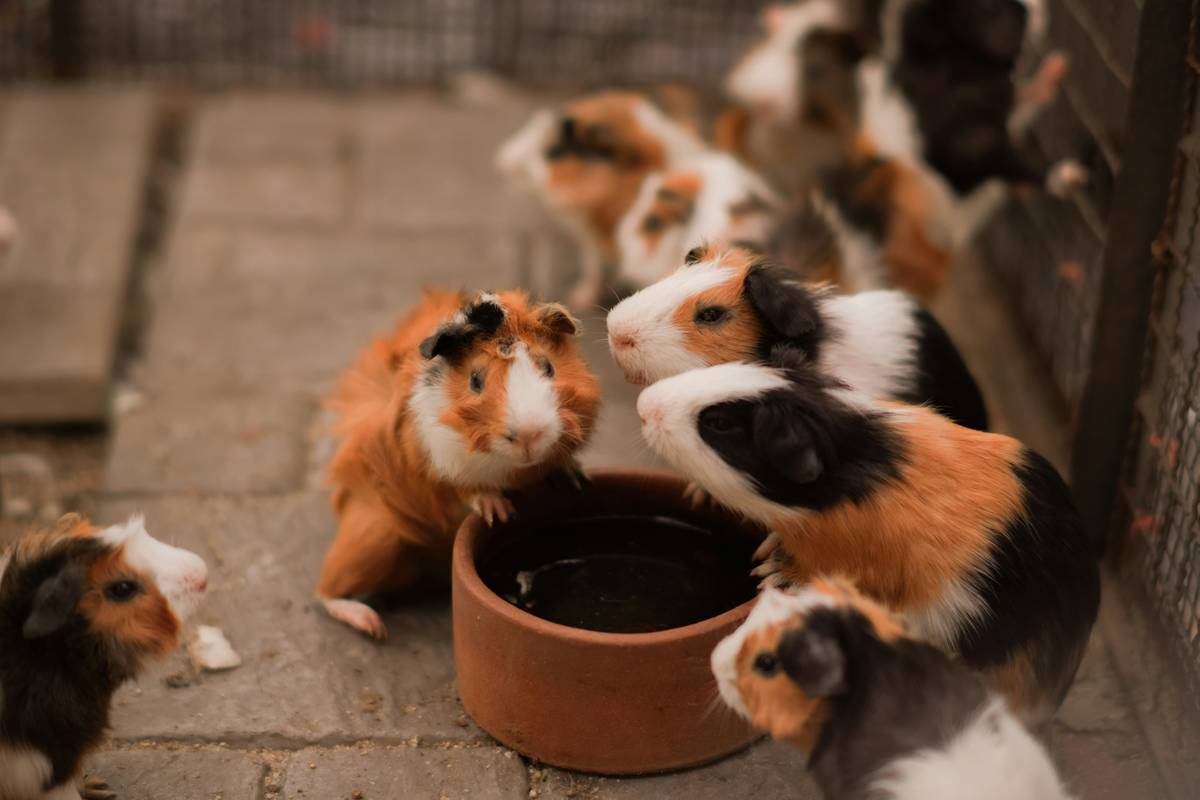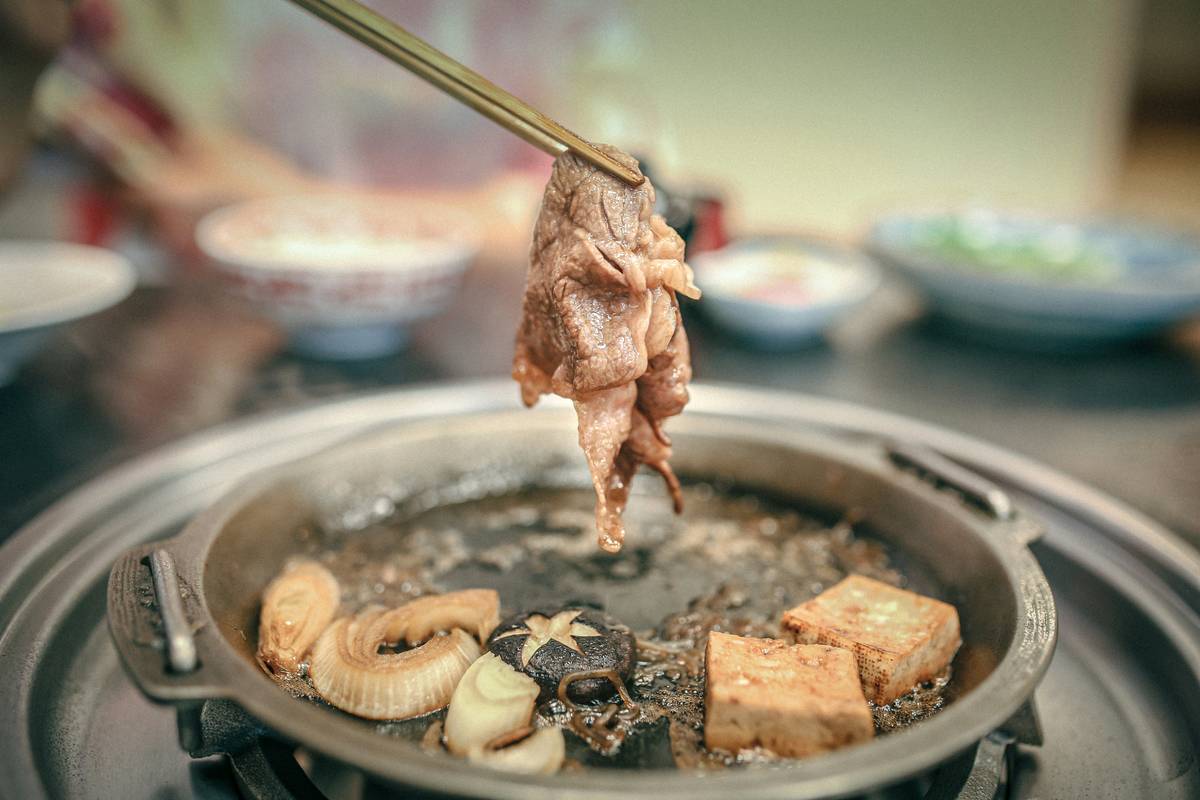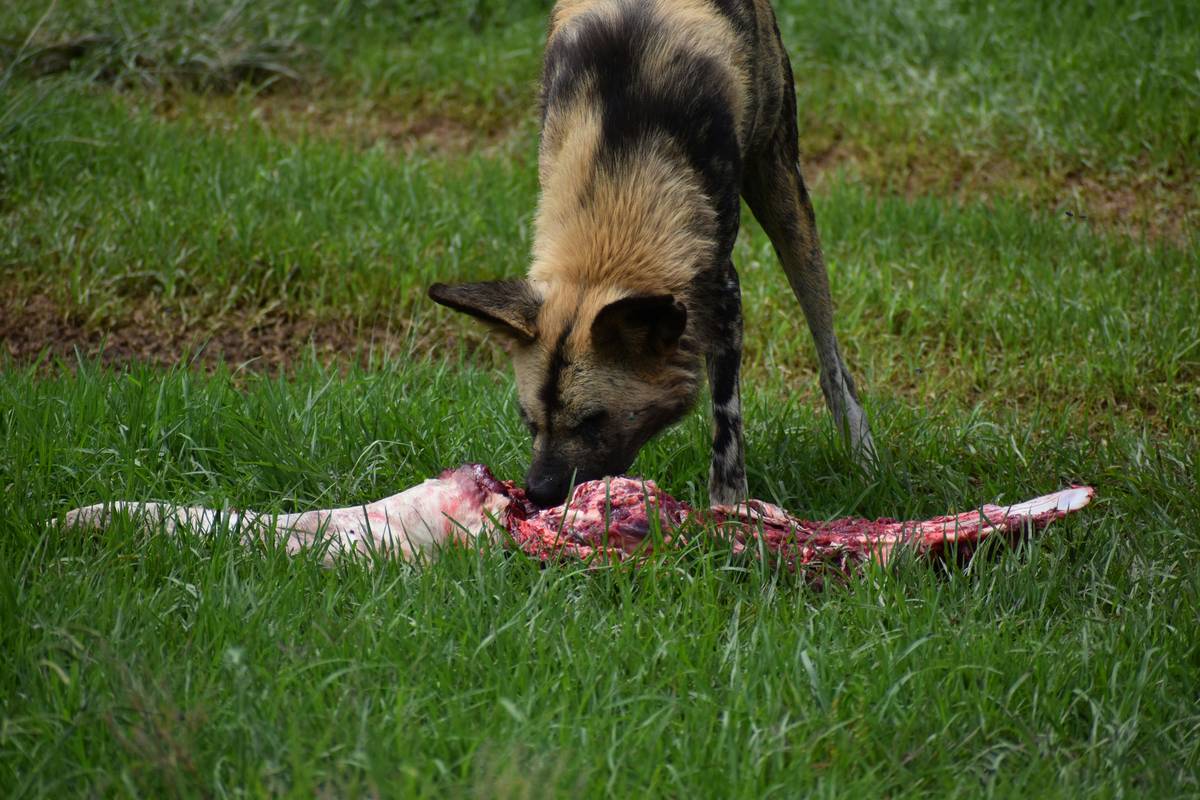Ever wondered why your hunting dog seems sluggish during training sessions even though you’re feeding them top-shelf kibble? What if the secret lies not in the quantity but in the quality of their food—and specifically, game meat-based formulas? Spoiler alert: It does. Today, we dive into everything you need to know about game meat dog kibble, from its jaw-dropping benefits to how to choose the best one for your four-legged partner.
In this post, we’ll unpack:
- Why traditional kibble might be letting your pup down
- A step-by-step guide to picking the right game meat formula
- Tips and tricks to maximize nutritional value
- Real-world case studies (yes, dogs included)
- Your most burning FAQs answered
Table of Contents
- Key Takeaways
- The Problem with Ordinary Dog Food
- How to Choose Game Meat Dog Kibble Like a Pro
- 3 Proven Tips for Feeding Game Meat Kibble
- Success Stories: Real Dogs, Real Results
- Frequently Asked Questions
- Conclusion
Key Takeaways
- Game meat dog kibble provides essential nutrients that mimic a hunting dog’s natural diet.
- Not all game meat kibbles are created equal; look for high protein levels and minimal fillers.
- Switching to specialized kibble can boost endurance, recovery speed, and overall health.
The Problem with Ordinary Dog Food

Confession time: I once fed my German Shorthair Pointer a “premium” chicken-and-rice blend because marketing told me it was the gold standard. Turns out, her digestive system begged to differ—diarrhea central, folks. Whoops.
Hunting dogs aren’t your average couch potatoes. They need fuel designed for extreme physical activity, which means generic kibble often falls short. Here’s why:
- Low-Quality Ingredients: Fillers like corn and soy don’t provide the energy needed for long hunts.
- Lack of Protein Diversity: Traditional proteins like chicken or beef may trigger allergies in active breeds.
- Poor Digestibility: Low-grade carbs can lead to upset stomachs and poor nutrient absorption.
Enter game meat dog kibble—a nutritional powerhouse packed with novel proteins like venison, bison, and wild boar. These meats closely resemble what dogs would eat in the wild, making digestion easier while delivering superior energy.
“Optimist You: ‘My dog will love this new kibble!'”
Grumpy You: ‘Ugh, fine—but only if they stop farting up the living room.'”
How to Choose Game Meat Dog Kibble Like a Pro

Picking the perfect game meat dog kibble isn’t rocket science, but it does require some sleuthing. Follow these steps:
Step 1: Check the Ingredient List
Always go for formulas where the primary ingredient is a named game meat (e.g., “Venison” vs. “Meat”). Avoid vague terms like “animal digest,” which could mean anything from roadkill to expired deli scraps.
Step 2: Look for Minimal Fillers
Fillers such as wheat, corn, and artificial colors offer zero nutritional value. Instead, opt for kibbles rich in vegetables, fruits, and healthy fats like omega-3s.
Step 3: Match the Formula to Activity Level
Hunting dogs burn through calories faster than Usain Bolt runs a 100-meter dash. Ensure the kibble contains at least 30% crude protein and 20% fat to sustain peak performance.
Rant Alert: Why are pet food companies still using cheap fillers when better options exist?! Seriously, it’s 2024—not 1950. Call me dramatic, but every pooch deserves better.
3 Proven Tips for Feeding Game Meat Kibble
- Transition Slowly: Sudden switches can cause GI distress. Mix old and new kibble over 7–10 days to ease the change.
- Add Supplements Wisely: Some game meat kibbles already include extras like glucosamine. Don’t overdo it unless your vet recommends otherwise.
- Monitor Energy Levels: Keep an eye on stamina and recovery times. If your dog starts acting like a superhero post-feed, you’ve nailed it.
Warning: Terrible Tip Alert—DO NOT feed table scraps alongside kibble. While tempting, human foods like onions, garlic, and chocolate can wreak havoc on your dog’s health.
Success Stories: Real Dogs, Real Results

Take Max, a Labrador Retriever who struggled with lethargy during duck season. His owner switched him to a bison-based game meat kibble, and within weeks, Max transformed into a tireless fetching machine. Same goes for Luna, a Brittany Spaniel who battled chronic ear infections until switching to venison kibble cleared her symptoms entirely.
Frequently Asked Questions
Is game meat dog kibble safe for all breeds?
Yes, but smaller breeds may need less frequent meals due to higher calorie content.
Can I mix different types of game meat kibble together?
Absolutely! Variety keeps things interesting and mimics a diverse prey diet.
Will my dog put on weight with high-fat kibble?
Only if portions aren’t adjusted accordingly. Always follow feeding guidelines based on your dog’s size and activity level.
Conclusion
Nourishing your hunting dog with game meat dog kibble is more than just a trend—it’s a lifestyle upgrade. By choosing a formula tailored to their unique needs, you set them up for success both in the field and at home. Remember, a well-fed hunting dog is a happy hunting dog!
And now, because nostalgia is life… here’s a haiku:
Wild runs, game-filled treats, Energy bursts, tail-wag joys— Nature wins, always.


